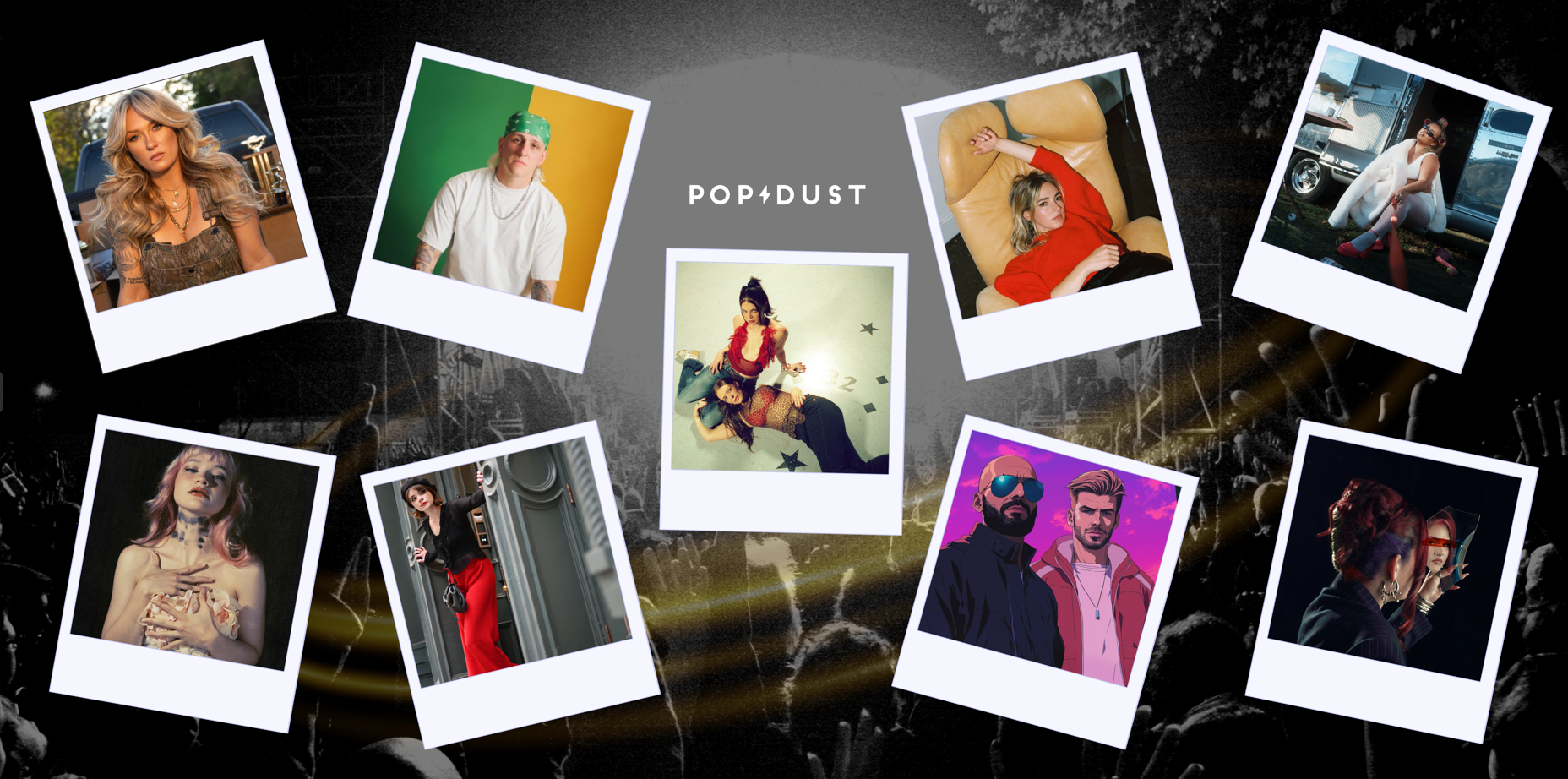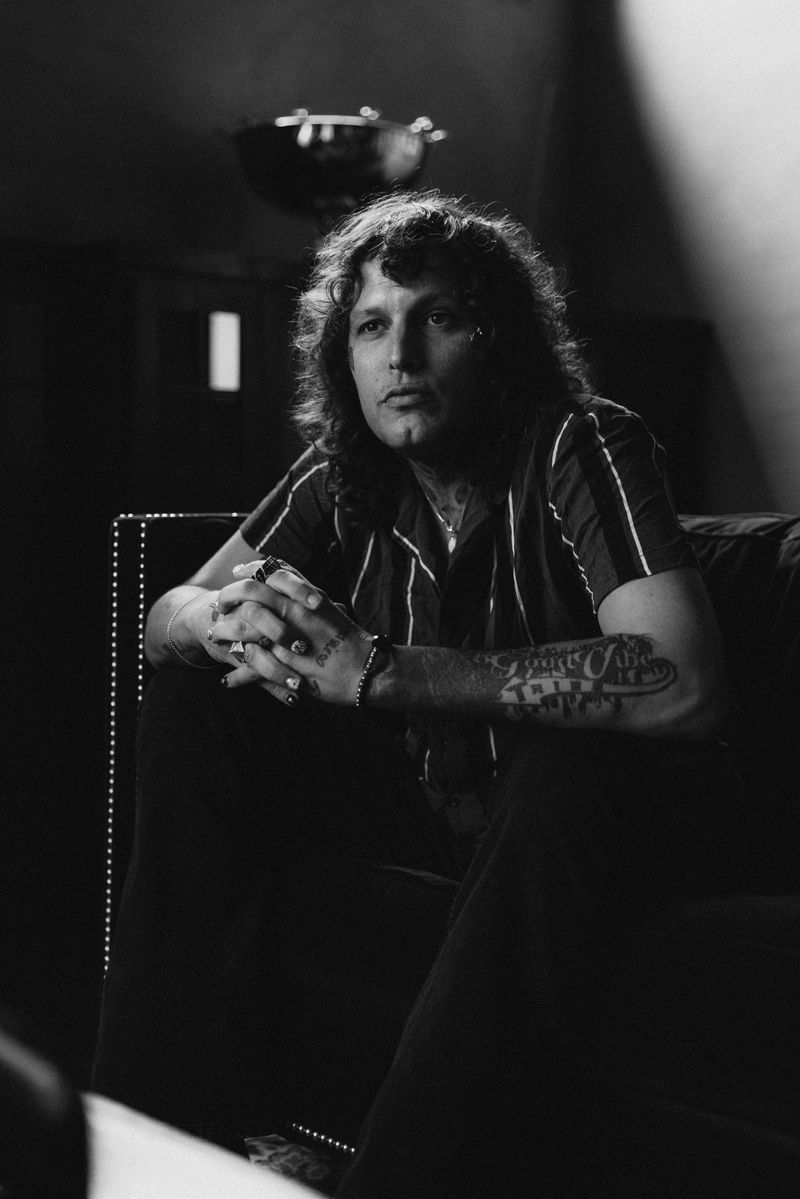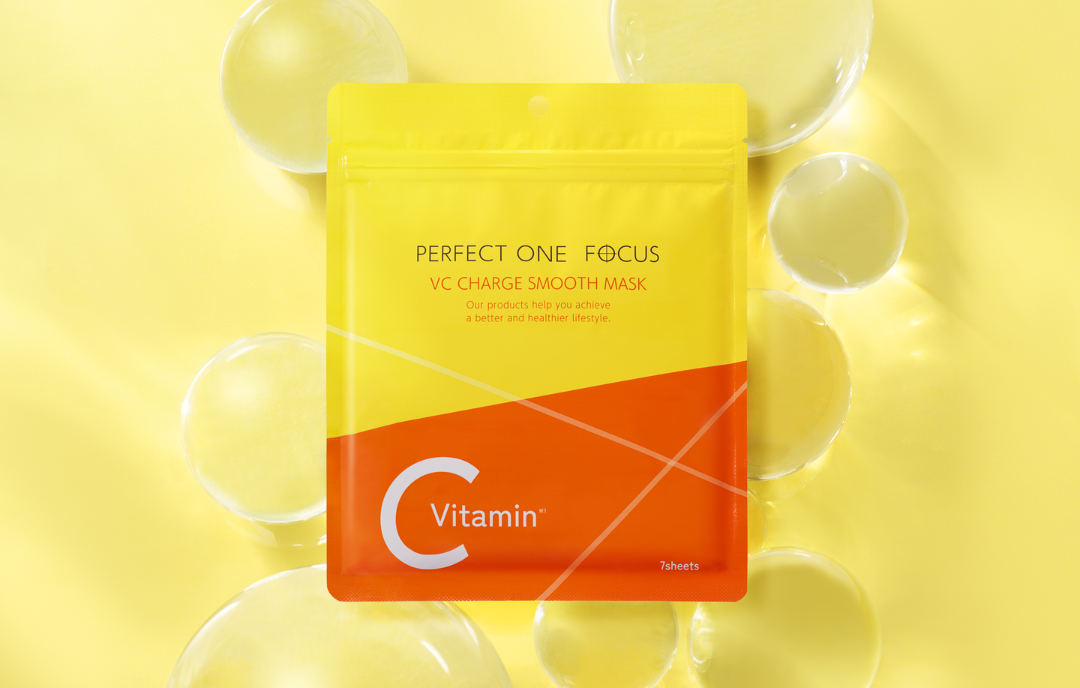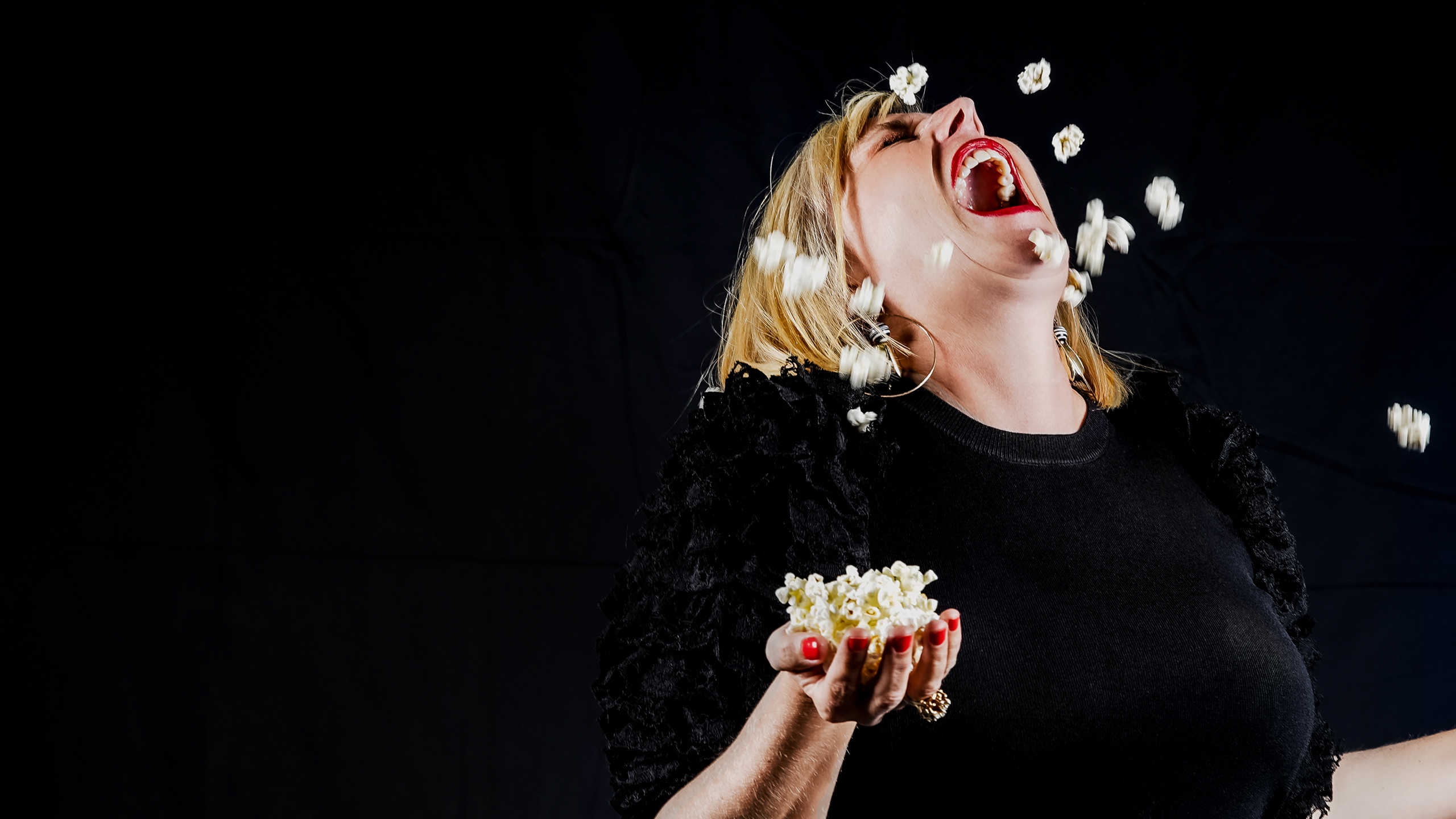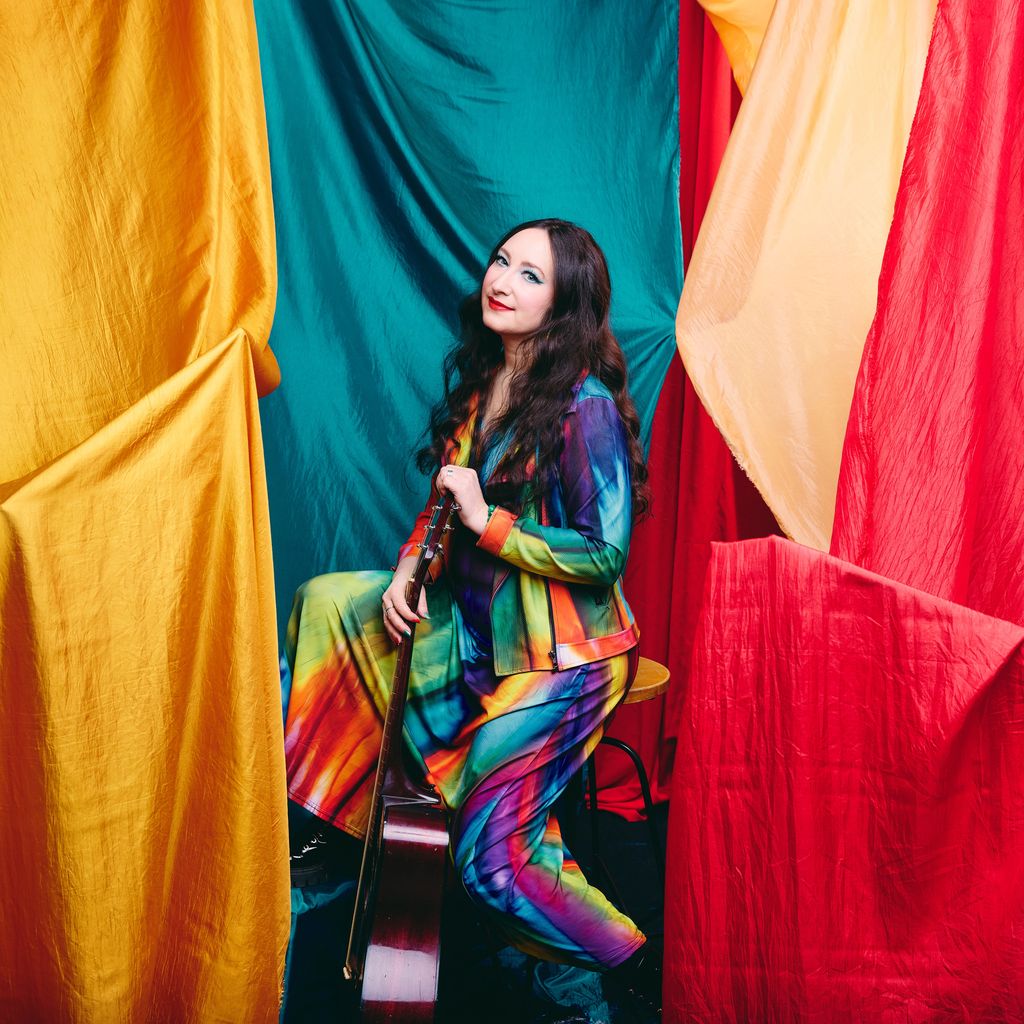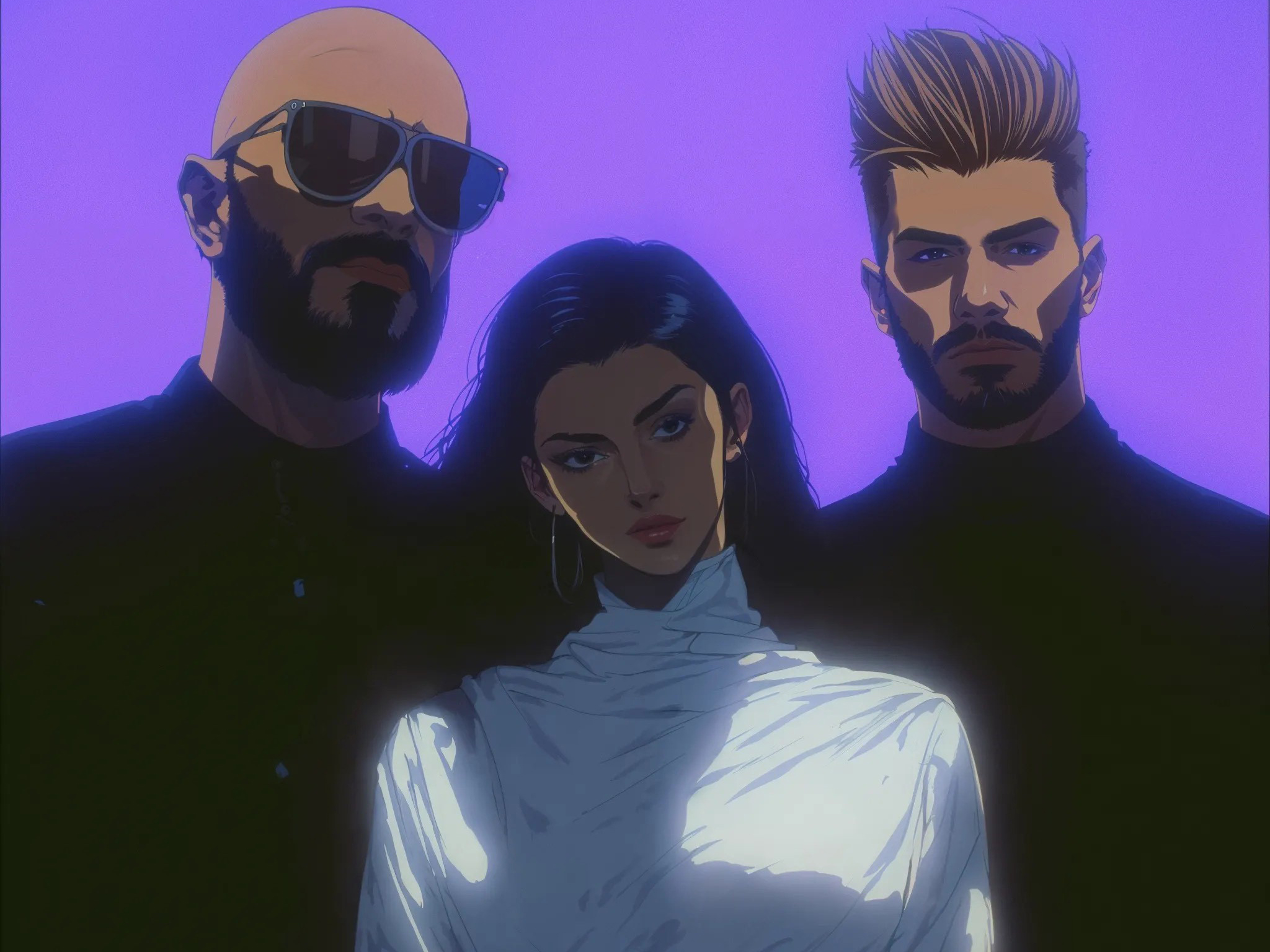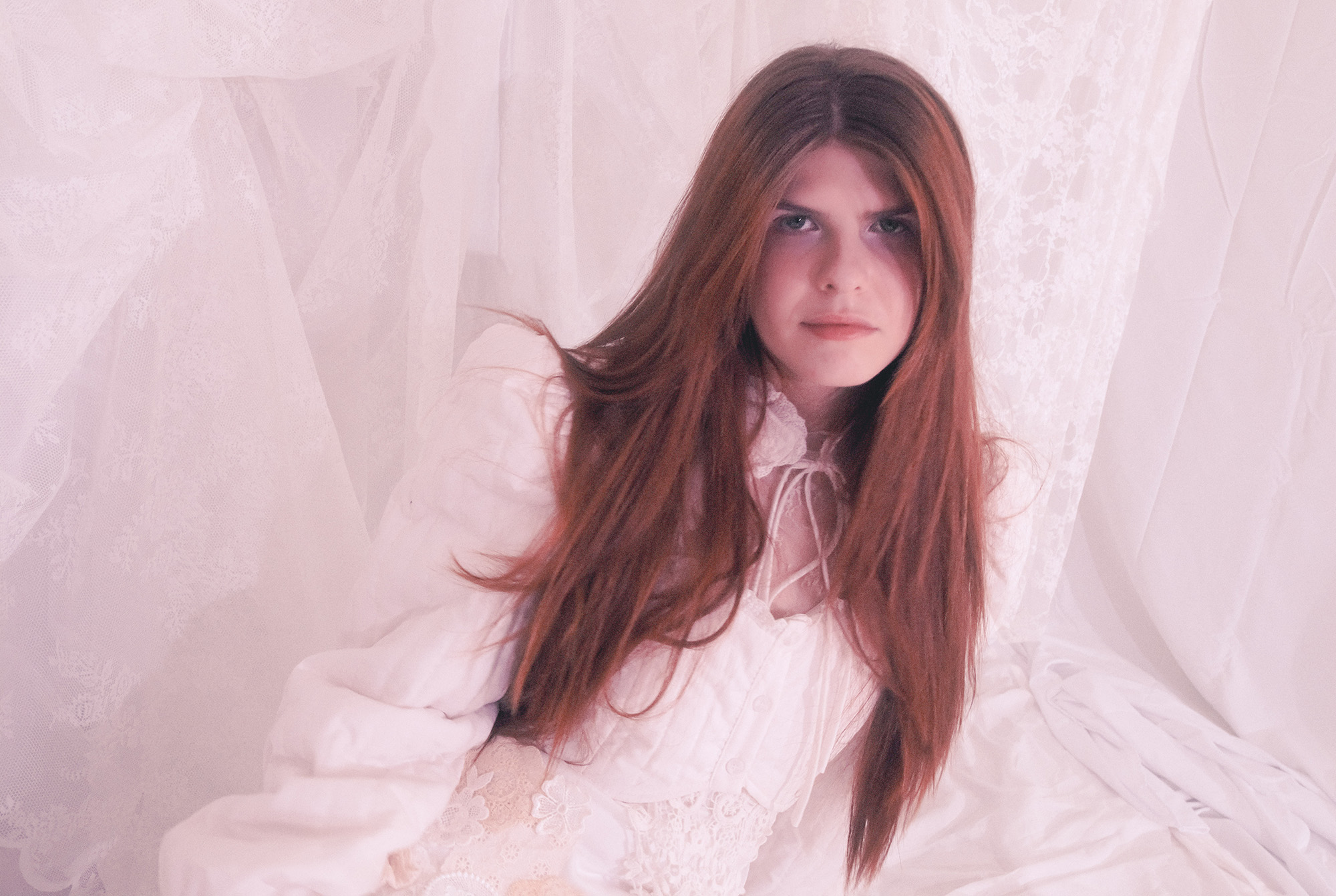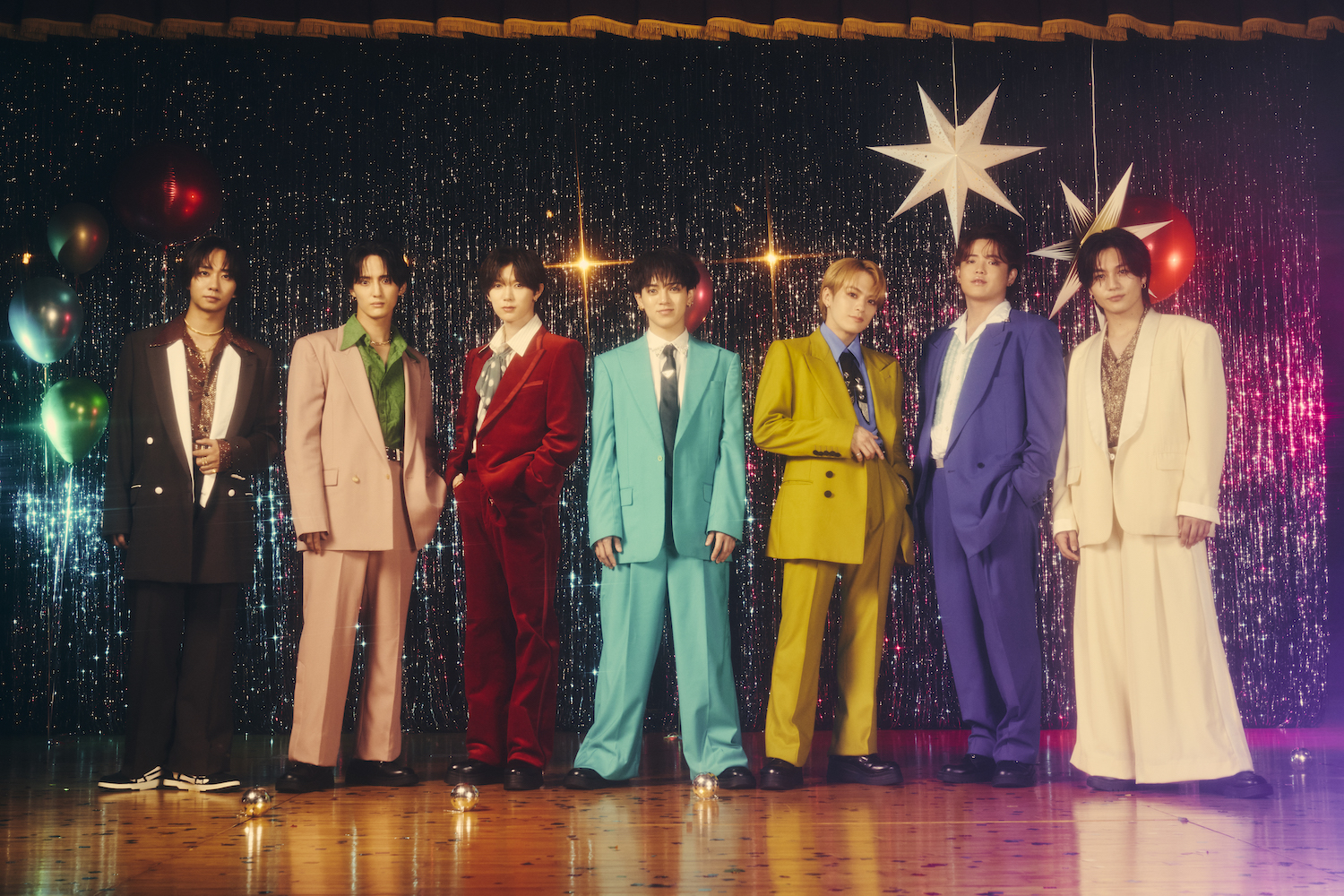FILM TV
Ranking The Entire ‘Halloween’ Slasher Series
13 Jul, 18
One of the most iconic horror franchises ever made, for better or for worse.
Michael Myers slashes his way back to the big screen this fall with a new Halloween, an installment directed by David Gordon Green (Pineapple Express) and written along with Danny McBride. Released through Blumhouse, the current ruler of modern horror, the sequel takes place 40 years after John Carpenter’s 1978 original and has already garnered significant buzz online. Scream Queen Jamie Lee Curtis returns to reprise her iconic role of Laurie Strode, and we see her in full Sarah Connor mode, as she waits “inhumanly patient” for his inevitable return. Her daughter (played by Judy Greer) thinks she’s crazy, and Laurie’s granddaughter (newcomer Andi Matichak) just wants to make a connection with her.
Meanwhile, a British documentary crew comes to the states to revisit the case and that chilly night back in ’78, deciding to show Myers his now-deteriorated mask while he’s incarcerated at Smith’s Grove. All hell breaks lose, of course, and The Shape makes his long-awaited return to Haddonfield, where he assumably leaves a fresh trail of carnage. If you haven’t seen it, check out the official trailer, released back in early June.
From apt mood-setting and what appears to be a nice slow-burn in the plot to a tasteful but graphic use of violence (including someone’s bloody teeth), the new flick promises to course-correct some of the ghastly mistakes made through the series’ history. It’s a rather storied one, but we’ll get into all that in a minute.
Halloween lands in theaters October 19.
Below we’ve ranked the entire franchise, from worst to best, and included our thoughts on each entry’s mask, atmosphere, score, and the best kill onscreen. Take a look at our leaderboard, and let us know in the comments YOUR ultimate ranking:
10. Halloween: Resurrection (2002)
The Mask: There’s a joke this mold bears a resemblance to an ape. It’s not wrong.
Atmosphere: Bland, washed-out, the “so obviously on a soundstage” approach.
Score: The updated Halloween title theme is quite haunting, easily the best part of the entire movie. As a whole, the score is rather moody, in parts, often extending what little (if any) tension the story supplies on its own. “The Tunnel” and “Chase Donna” are, admittedly, pretty chilling.
Best Kill: With Rudy’s death (played by Sean Patrick Thomas), the call-back to the original 1978 movie is a nice touch. His body being pinned to the wall by three sharp butcher knives is a gnarly image.
Halloween H20: 20 Years Later should have been the end of Michael Myers. But Hollywood loves money, and so, here we are. With the script they had, Halloween: Resurrection‘s final girl Bianca Kajlich (as Sara Moyer, the shy, bookish heroine) isn’t completely terrible. Her character is just written with the flavor of mildewed cardboard that’s been left out in the rain for a couple weeks. Outside of Kajlich and Jamie Lee Curtis, who returns because she had to, the lineup of other characters ⎯⎯ including Freddie Harris (Busta Rhymes), Jen (Katee Sackhoff) and Bill (Thomas Ian Nicholas ⎯⎯ are floppy cut-outs of your typical slasher stereotypes, which have been marinated with raging hormones and half-baked and cringe-y sexual innuendos. This is directed by the same guy who helmed Halloween II from 1981; Rick Rosenthal…What. Happened? Can you imagine writing a sequel to this?!?
9. Halloween II (2009)
The Mask: The mask has aged a couple decades, plus another few years since the last movie. It’s crumbling, which only adds to the movie’s generally grim nature. Could do without seeing Michael Myers’ eyes so much, however.
Atmosphere: Colorful, gruesome, truly embodying the horror of the holiday.
Score: The Halloween title theme is not used once (!!!) in the actual movie. That’s a travesty in and of itself. Elsewhere, classic ’60s and ’70s rock songs pepper the score, which is fine on its own, but there is very little mood-creating, all-original compositions that satisfy the earbuds.
Best Kill: The tragic slaying of Annie Bracket remains the most beautifully visceral performance of the whole movie, which feels more avant-garde within the greater Myers lore. Brad Dourif, as Sheriff Brackett, gives a completely gut-wrenching reaction upon discovering her body hacked to pieces.
Following the events of Rob Zombie’s Halloween, the horror director’s follow-up explores PTSD and trauma on a victim and their attempts to recover. Scout Taylor-Compton’s performance as a damaged Laurie Strode is frantic, digging into the disturbing nature of her past, but the script does very little to endear her or her situation to the viewer, leaving many to find themselves wanting Laurie to die. You should never aim for that kind of reaction to your lead heroine. Also, Dr. Loomis (Malcolm McDowell) is made into an obnoxious, money-hungry sleaze who lacks any real empathy ⎯⎯ until the very last second, of course.
Laurie and Annie Brackkett are seen trying to pick up the pieces of their lives, forever haunted by nightmares, night sweats and unhinged rage. The characterizations are drastically different, as Annie seems to be holding together quite well. Zombie veers away from rehashing the original Halloween II from 1981, and instead, he goes for artistic reflections of the imagination, peppering in images of a white horse and Michael Myers’ dead mother and younger recast self. Again marred with bad dialogue, Myers is made into a bumbling hobo in need of a shower and only reminds the viewer that someone else should have written the script.
8. Halloween (2007)
The Mask: Recovered from the floorboards of the attic, the revamped mask adheres to blank-less emotion while also feeling inspired by both Halloween: The Curse of Michael Myers and Halloween 5: The Revenge of Michael Myers versions. Its among the series’ best attempts of invoking the original while also being, um, original itself.
Atmosphere: Bloody, raw, depicting complete bedlam and savagery on All Hallow’s Eve.
Score: The score is markedly better than the movie’s sequel, with effective use of the Halloween title theme and ambient-driven originals. Rob Zombie also utilizes classic rock songs to “lighten” the mood.
Best Kill: The updated kill of Judith Myers’ in the movie’s first half is one of the most unsettling onscreen deaths in any horror movie. A young Michael Myers comes down the hallway in that mask, and it is as if a demon has been born inside of him. It’s a hard one to watch, even if Judith was a white-trash stereotype that needed to die anyway.
Rob Zombie’s vision for Halloween should have been great; it could have been great. On paper, a reboot could not have possibly gone to anyone else, right? Well, wrong. The final product is more palatable than his sequel. Here, he hits most of the same beats as John Carpenter’s landmark 1978 original, but Zombie stretches the first half into a backstory of Michael Myers’ upbringing: a white-trash family bred a psychopath, guys. There, I saved you roughly 45 minutes of excruciating torture. From the predominantly vulgar language to paper-thin characters for Laurie Strode (Scout Taylor-Compton), Annie Brackett (Danielle Harris) and Lynda Van Der Klock (Kristina Klebe), the full runtime gives little onto which to hold. Visually, it’s a work of art, and the brutality of Myers is pretty captivating. If only there had been a better script…again. The return of Danielle Harris (final girl of Halloween 4: The Return of Michael Myers and Halloween 5: The Revenge of Michael Myers) is the entry’s only redeeming quality.
7. Halloween 5: The Revenge of Michael Myers (1989)
The Mask: Long neck bottles don’t kill people.
Atmosphere: Icy, morbid, undeniably southern-gothic.
Score: This score might be the most uninspired of the whole lot. There are no iconic or memorable compositions, paired with appropriate imagery, at least, to be found. Plus, the goofy, tinny sound effects for the two bozo cops kills (dum dum tiss) any sense of seriousness.
Best Kill: Yeah, we all know how annoying Tina was. But her death still carried with it a certain poeticism. She sacrificed herself, a pretty selfless act and a complete 180 from her selfishness displayed earlier in the movie. Related note: Rachel Caruthers (Ellie Cornell) deserved to go out in a blaze of glory, not Tina.
As one popular YouTuber, by the name of Dave McRae, once ranted: Halloween 5 is what killed the franchise. While the general feel and tone of the installment is solid, with a couple fairly terrifying moments sprinkled in, including the laundry shoot scene and the moment Michael Myers drives off after Jamie Lloyd (Danielle Harris) out into the field at Tower Farm, the movie revokes the incredibly frightening ending of the previous movie. Even more, the powers that be killed off Rachel within the first 15 minutes ⎯⎯ to be replaced by Tina (Wendy Kaplan). Jamie is relegated to mute status for the better part of the movie; the “Michael is unmasked!” scene in the attic is silly; and the mysterious Man in Black is a cheap cop-out to try to inject the movie with a bit of intrigue. Puff, puff, pass!
6. Halloween: The Curse of Michael Myers (1995)
The Mask: Without a doubt better than the long-necked Halloween 5: The Revenge of Michael Myers mask, the new version is thicker and comes closer to embodying the original William Shatner mold. When it’s properly lit, it is terrifying.
Atmosphere: Devilish, witchy, very much Halloween in a mid-western town.
Score: The score was trendy in parts (the Halloween title theme was given a arena-rock update) and harkens to Halloween III: Season of the Witch in others (“Empty Stomach” and “Kara Returns,” for example). It’s a mixed bag really.
Best Kill: John Strode, the patriarch of the Strode Family, who have moved into the old Myers house, gets what’s coming to him in the film’s most satisfying (and gruesome) death. Upon finding bloody sheets and his wife Debra’s body in the washing machine, he meets his fate. Michael Myers manhandles him onto the electric power box, and John’s head explodes. Priceless.
There are at least two or three major plots happening all at once. You have the Curse of Thorn, an ancient belief with runes that led to the sacrifice of an entire tribe, and the band of doctors trying to “control” Myers; the return of Tommy Doyle, the kid from the first movie, now played by Paul Rudd in his first film role; and the precedent that Halloween has been banned in Haddonfield. The last concept is the most intriguing and could have made for a cool storyline. Instead, too many cooks in the kitchen leads to a Petri dish of nonsense. Plus, the lead characters are bland (Kara Strode, who?), even given Tommy’s bizarre story arc and Rudd’s oddball performance. In the film’s third act, there are far too many survivors at the end of Myers’ rampage, and the movie just…ends. No wonder the producers turned to a soft-reboot three short years later.
5. Halloween III: Season of the Witch (1982)
The Mask: No Michael Myers in this one, but the witch, the skull and the pumpkin masks are simple and corporate and do quite a good job of eliciting the right amount of fear.
Atmosphere: Sci-fi, spacey, extremely mood-driven.
Score: Riding the wave of mainstream pop music at the time, the score leans heavily on synths, as did the previous film, Halloween II (1981), and John Carpenter uses the trends to his advantage to concoct a production that feels universal but rather special. And no one dare forget the chewy and insanely mesmerizing, albeit annoying, Halloween TV Commercial jingle. “Three more days ’till Halloween, Halloween, Halloween…”
Best Kill: When going to the town of Santa Mira, location of the Silver Shamrock mask company, Marge Guttman (Garn Stephens) expresses her frustrations over the make and design of the mask in a conversation with the Ellie Grimbridge (Stacey Nelkin). Later that evening, discovering a chip inside a mask’s trademark, a laser beam slices open her head. It’s a bit sensational, yes, but disturbing, nonetheless.
It seems trendy these days to over-praise the black sheep of the series. Even with Michael Myers removed, it’s a solid flick, if not a very memorable one. It’s your classic ’80s sci-fi/horror hybrid. Directed by Tommy Lee Wallace, the movie is a slow-burn and not likely most people’s cup of tea. But the score and mood are quite effective in building this new Halloween universe. Tom Atkins gives an inspired performance as doctor Dan Challis. After a frantic older gentleman stumbles into the emergency room screaming some gibberish like, “They’re coming,” he immediately suspects something just isn’t right. He then mounts a plot to expose the Silver Shamrock mask company, helmed by Conal Cochran (Dan O’Herlihy). The corporation’s devious master plan is to lure children all over the country with three Halloween masks, a witch, a skull and a pumpkin, with a hypnotizing TV commercial which promises a “Big giveaway at 9” on Halloween night. The endgame? Kill all the children. That final moment, of Challis shouting “Stop it! Stop it! Stop it!” into the phone, is bone-chilling.
4. Halloween H20: 20 Years Later (1998)
The Mask: Four masks. Four. masks. All different in texture, presentation and vibe, including a CGI (!!!) mask for a handful of scenes that had to be pre-shot. The Stan Winston mold is easily the movie’s best, a decent reinterpretation of the classic feel.
Atmosphere: Washed out, bland, lack of any real Halloween spirit.
Score: Scream reinvented as a Halloween movie is the essential summary of the score. Halloween should never feel like another movie entirely, but reusing much of the music from Scream, which came out two years prior, only did the story a disservice. The title theme still remains the best part.
Best Kill: Sarah (Jody Lyn O’Keefe) never stood a chance. Upon discovering her boyfriend Charlie’s (Adam Hann-Byrd) body in the dumbwaiter, all bets are off. Myers stabs her in the leg, and when she rides the dumbwaiter to the upper floor, he cuts the rope, allowing the contraption to smash her leg. Even though she breaks free, her leg is a bloody mess and thus hinders her from getting away. Myers finishes the job with a couple slick stabs to the back.
Seeing Jamie Lee Curtis returning to the series that gave her a head start was so exciting. 20 years after the first movie, we witness a damaged, alcoholic Laurie Strode (now going by Keri Tate, as the headmistress of a “very posh, secluded private school in Northern California,” as she tells Adam Arkin’s Will, a guidance counselor of the school) and her attempts to keep a relationship with her son, John (Josh Hartnett) in tack. Oh, yes, let’s talk about that whole retcon business. The seventh movie acts as if the previous three Myers installments (Halloween 4-6) never happened, including discarding Jamie Lloyd as her daughter, and picks up after the events of Halloween II (1981).
It was a logical, soft-reboot following the mess that was Halloween: The Curse of Michael Myers and saved the series from going direct-to-video. Curtis’ performance plants the storyline in a really organic way, and the simple, sparse plot-line gives the characters room to breath in a very real world. A character-based piece, the film is mostly a fun, late-’90s “popcorn romp” and could have been significantly better had the production been tighter, far more inventive and closely aware of all the technical problems from the outset.
3. Halloween 4: The Return of Michael Myers (1988)
The Mask: Even though the new mold was cut from the original William Shatner likeness, it was completely botched in production. It’s pasty, unnaturally so, even for a latex mask. There are fleeting moments where, in dreary, spooky lighting, it can spark fear in your bones.
Atmosphere: Grainy, eerie, filtered in earthy tones.
Score: Composer Alan Howarth does a pretty stellar job of reinventing some of Halloween’s classic themes, injecting the title theme with a little modern shimmer, which doesn’t take away from it’s innate terror. Throughout the runtime, there are some pretty outstanding compositions, including “He’s in the Street,” “In the Shadows” and “On the Roof,” decorated with synths but are predominantly composed of piano.
Best Kill: In much the same vein as the original Halloween, there is very little blood, at least compared to many other installments. When Michael Myers is being transported to another facility, away from Smith’s Grove Sanitarium, two attendants discuss any family ties and mention his niece Jamie Lloyd still living in his hometown of Haddonfield. That triggers him off, and Myers proceeds to push his right thumb into the male attendant’s forehead. It’s about as unsettling as it sounds.
Set 10 years after the original, Halloween 4 is a fun return to the Michael Myers-centric series we all know and love. Jamie Lee Curtis was busy having a superstar career, so there was no way she would have returned then. What do they do? The writers are forced to kill Laurie Strode off-screen and hand the baton over to her daughter Jamie Lloyd (played by the super talented Danielle Harris) and her foster sister Rachel Caruthers (Ellie Cornell), who remains one of the most underrated final girls in horror history. Not only does Rachel confront Myers in the third act, but she outsmarts him every chance she gets. From that rooftop scene, which is one of the series’ most iconic and edge-of-your-seat moments, to blasting a fire extinguisher in Myers’ face in the school to running him over with a pick-up truck, Rachel does a pretty good job at fending off the Boogeyman. Harris’ Jamie is a refreshing idea and gives the movie some meaty story to ground itself. Despite the hulking representation of Myers (played by George P. Wilbur), owed to unnecessary hockey-pads, and the mask’s generally weird result, it’s is an enjoyable ride, start to finish. And that ending, you’ll never see coming.
2. Halloween II (1981)
The Mask: The same mask as the original, it’s skin tone is yellowed (thanks Debra Hill) and appears to be much wider than in the previous movie. Well, stuntman Dick Warlock, donning the visage of Michael Myers, has a rounder face, which makes it seem like it’s a wholly different mask.
Atmosphere: Sinister, claustrophobic, starkly-lit.
Score: John Carpenter knows his way around some synths, yeah? Restructuring the Halloween title theme to contain heartbeats, which are to be assumed to be that of The Shape or maybe even Laurie Strode, was a bold move. While many of his compositions work to serve the visuals quite well, there are a few tracks, such as “The Shape Stalks Again,” that layer far too much when less is always more in this franchise.
Best Kill: It’s a toss-up between Nurse Janet (Ana Alicia) or Nurse Karen (Pamela Susan Shoop). With the former, Janet goes in search of Dr. Mixter (Ford Rainey), and she discovers his dead body. Michael Myers lurks from the shadows, as piercing red light slowly bounces off his mask, a call-back to a similar moment in the first movie. He grabs her around the mouth and injects her temple full of…air. In the latter, Karen and paramedic named Bud get hot and heavy in the hot tub. When Bud steps out to check the water temperature, he gets strangled, leaving Karen alone. Myers creeps up from behind, and when she realizes it’s not Bud, she bobs for apples, so to speak.
Picking up exactly where the original movie left off, Halloween II has a grimmer, dirtier, and more ritualistic mood. That’s probably largely in part of the nighttime setting. Laurie Strode is left sedated and in a hospital bed for most of the film, which heightens the dread. You’re thinking, “Oh gosh, maybe Michael Myers really will kill her tonight…” Myers offs the entire hospital staff one-by-one (suspend your disbelief on that fact there, folks), and much like the 1978 movie, the pace is lethargic and simmers, allowing the viewer to become immersed in the story. Again, the third act is nail-biting with the ending an attempt to put Myers to rest (if only, right?).
1. Halloween (1978)
The Mask: A William Shatner (i.e. Captain Kirk) mask spray painted white? Genius.
Atmosphere: Drenched in shadows, classically Halloween, malevolent.
Score: With such a legendary score, crafted around small-spaced arrangements and off-kilter chords, John Carpenter builds a character of its own with just the music. The title theme is not only etched into our brains, but Laurie’s theme possesses it’s own creepy charm.
Best Kill: After some quickie sex (a common theme in this series), Bob goes for more beer. Thinking his girlfriend Lynda or a friend named Paul are playing a joke, he goes to open the closet door. Myers bolts from the shadows, strangles him and proceeds to lift him up the pantry door, stabbing him with an oversized butcher knife in the gut. Bob hangs there, and his toes curl. Myers gazes at his arts and crafts project in awe. Iconic.
What can be said about this movie that hasn’t already been stated, ad nauseam. John Carpenter and Debra Hill created a masterpiece of horror, a template that would define the slasher sub-genre into the ’80s and beyond. The Shape is devoid of character, which makes the whole sequence of events blood-curdling. “I met him, 15 years ago. I was told there was nothing left, no reason, no conscience, no understanding in even the most rudimentary sense of life or death, of good or evil, right or wrong,” says Dr. Loomis (Donald Pleasance) to Sheriff Brackett (Charles Cyphers). The storyline is simple: the Boogeyman stalks babysitters. That’s all that you need to know.
Jason Scott is a freelance entertainment journalist with bylines in B-Sides & Badlands, Billboard, PopCrush, Ladygunn, Greatist, AXS, Uproxx, Paste and many others. Follow him on Twitter.
POP⚡DUST | Read More…
Top 10 Michael Myers Kills From The ‘Halloween’ Series
David Gordon Green’s Halloween 2018 Trailer Promises Chills & Thrills
BOX OFFICE BREAKDOWN | Women are taking over the heist game
- David Gordon Green’s Halloween 2018 Trailer Promises Thrills ›
- Top 10 Michael Myers Kills From The ‘Halloween’ Series ›
- 31 Halloween Movies to Watch This October – Popdust ›
- The Scariest Video Games To Play This Halloween – Popdust ›
- FILM | 15 top movies to watch this Halloween season – Popdust ›
- The 5 Best Banned Movies of All Time – Popdust ›
- 5 Beloved Franchises That Hollywood Can Legally Ruin – Popdust ›
- Why Bad Movies Are Better Than Good Ones – Popdust ›
- Halloween songs playlist new – Popdust ›


